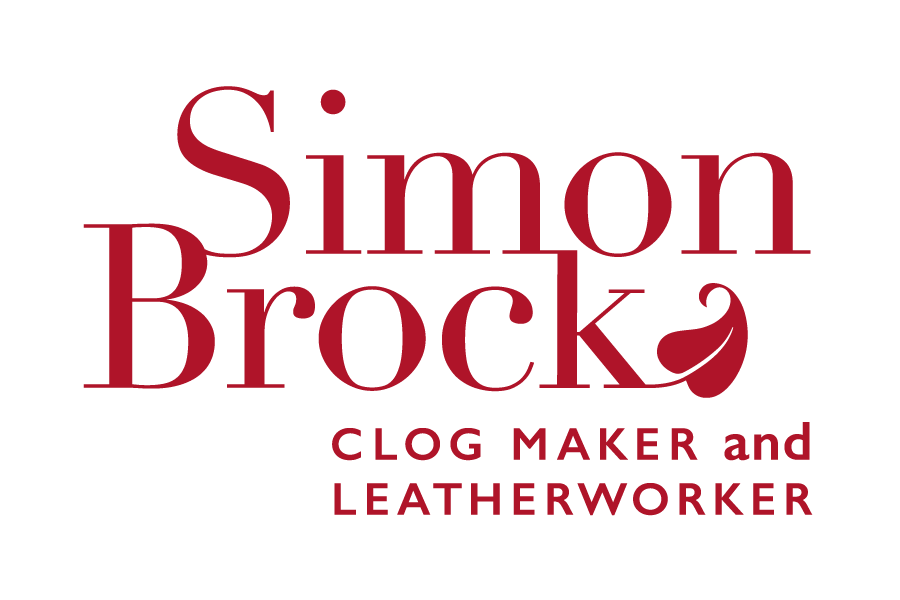1. Unwrap them when they arrive
Clogs sent through the post will arrive packed in tissue paper. You should remove them from this as soon as they arrive and let them breathe: this is because even very small amounts of residual moisture in the wood of new clogs can become trapped in the packaging and cause discolouration of metal and leather components.
2. If they get wet, don’t try to dry them off too quickly
The worst thing you can do for wet clogs is put them next to – or on top of! – the radiator. This risks cracking the wood. Just let them dry slowly in a ‘normal’ environment such as a porch or hallway.
Standing water should be brushed or wiped off leather goods or clogs that have got very wet or saturated. After that, just leave things to dry out naturally – they all do, eventually. It’s a bad idea to rub them vigorously and turn the hairdryer on them. Repeated cycles of wetting and drying aren’t healthy for leather, and will make wooden clog soles more prone to cracking.
3. Treating the leather
‘Normal’ leathers
For all of the leather goods I make, and for most clog uppers, proprietary leathercare products are fine. I tend to avoid wax polishes as they can leave residue, so I recommend shoe creams instead. Neutral shoe cream is readily available from shoe repairers, and if you’re lucky your local shoe repairer may also stock cream that matches the colour of your clogs.
If in doubt, Sedgwicks Leathercare is a tried and tested substance for keeping vegetable tanned leather conditioned. Simply apply a thin layer every now and again, especially if the leather has been exposed to lots of heat, cold, water or a combination of all three. Leave to soak in for a few hours then buff the leather with a soft cloth.
Patent leathers
Patent leathers have a shiny lacquered finish. This is very durable, but cannot be revived using polishes if scratched too deeply. The best thing is just to avoid scuffing or abrasion of the surface in the first place.
‘Exotics’ and suedes
Suede linings and hair-on leather should not require further treatment and the texture can be spolied by the application of creams and balms. Leathers with a foiled appearance can be treated with neutral shoe cream but this will not revive any damage to the foiled surface.
4. Treating the wood
Clog soles are varnished and wax polished before dispatch. If the soles are undyed, simply apply a beeswax polish every now and again to keep the wood looking good and to enhance its water resistance. If you have black soles which are looking scuffed and sad, the blacking can be touched up with Indian ink, any suitable wood dye, or even a black marker pen. You should wax them afterwards to seal in the dye.

